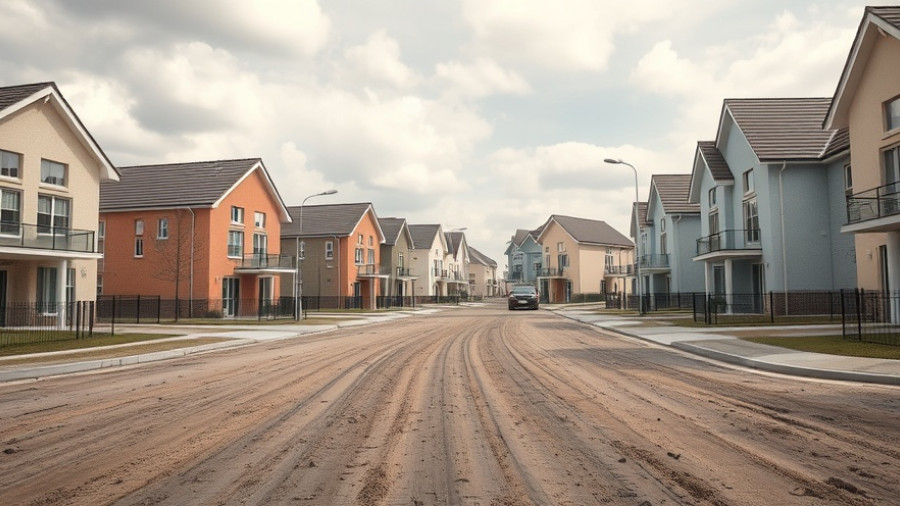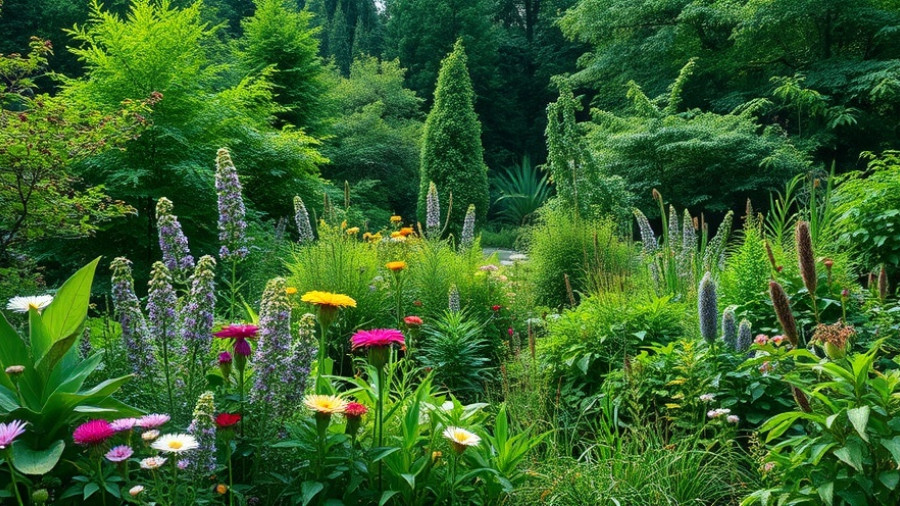
Transforming an Ecological Dead Zone into a Thriving Pollinator Garden
In the picturesque town of East Hampton, NY, a remarkable initiative is redefining how communities approach ecological responsibility. This summer, the Transformation Project, spearheaded by ChangeHampton, transformed 4,000 square feet of barren, traditional lawn around the East Hampton Town Hall into a vibrant and dynamic pollinator garden. This effort stands as a testament to the power of local action in combatting climate change and revitalizing biodiversity.
Leading the charge is Abby Lawless, principal of Farm Landscape Design, who took on the project to demonstrate that beautiful landscapes can co-exist with ecological needs. “Small towns are where environmental changes can happen quickly,” explains Lawless. With the garden’s implementation, local residents have not only a feast for the eyes but also a haven for pollinators such as bees and butterflies that are crucial for our ecosystem.
Why Pollinators Matter: The Bigger Picture
Pollinators play an incredible role in maintaining biodiversity and food systems. A significant portion of the global food supply relies on pollination, which underscores the importance of such community-led initiatives. By creating habitats conducive to these crucial insects, East Hampton’s project exemplifies how local actions can contribute to addressing global environmental issues. This garden serves as a classroom, teaching locals about the interconnectedness between their landscaping choices and ecological health.
Building Community through Collective Action
At the heart of the initiative is the belief that community engagement enhances environmental restoration. As Gail Pellett, co-founder of ChangeHampton, notes, “The garden is really about building community and showing our community that there’s an alternative to the ecological dead zones of turf lawns.” Formerly dominated by conventional lawns, the new landscape incorporates a variety of native plants, providing food and shelter for pollinators while creating an engaging space for local gatherings and education.
How to Start Your Own Pollinator Initiative
Inspired by East Hampton’s success? The good news is that starting a similar project is achievable. Here are a few actionable steps:
- Form an A-Team: Connect with passionate individuals in your community who share your vision.
- Secure Permissions: Pitch your idea to local authorities to gain the necessary permissions to convert existing landscaping.
- Gather Resources: Fundraise through grants and community donations to procure plants and cover labor costs.
- Engage the Public: Involve local residents through workshops and volunteer days to foster a sense of ownership and investment in the project.
Local Guidelines Aligning with Global Needs
Many municipalities, including those across the U.S., are adopting ecological landscaping guidelines to promote sustainability. These policies often encourage the use of native plants and sustainable gardening practices, aligning local efforts with global ecological needs. East Hampton stands as a model for how policy change, combined with dedicated community action, can lead to significant environmental improvements.
Future Insights: Expect to See More Change
As the urgency of climate change continues to escalate, grassroots movements like the one in East Hampton are expected to proliferate. By raising awareness of not just the aesthetic but also the ecological value of landscapes, communities can tackle the pressing issues of biodiversity loss and habitat destruction. Looking forward, these changes could become a norm rather than an exception, setting a benchmark for other towns and communities to follow.
Conclusion: Join the Movement
The transformation of East Hampton into a thriving pollinator garden is more than just a local improvement; it's an inspiring call to action for communities everywhere. If you’re looking for a way to contribute to ecological restoration, consider advocating for similar initiatives in your area. The small steps we take today can lead to monumental changes tomorrow, creating a world that thrives not only for humans but for all living species.
 Add Row
Add Row  Add
Add 




Write A Comment